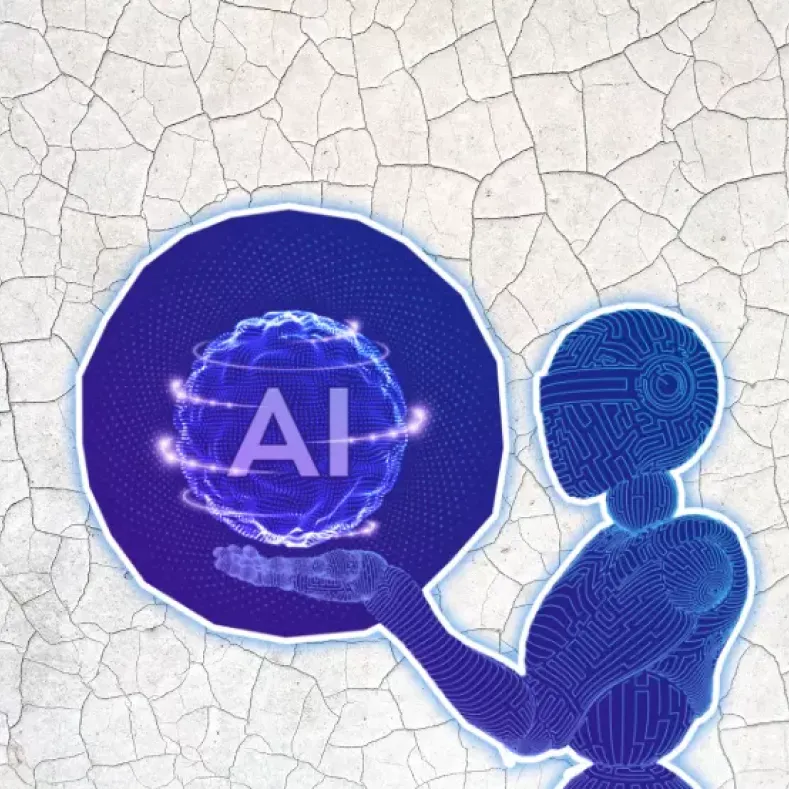Artificial intelligence research lab OpenAI, just released their latest product known as GPT-3. The San Francisco based company has a mission to create AI products that benefit all mankind. OpenAI’s CEO, Sam Altman has led other venture backed projects like the Multi Agent Interaction environment.
Sam Altman’s team follows a strict charter developed by OpenAI itself, with the goal of using artificial intelligence to improve our day to day. Even Sam Altman was ecstatic to learn about the excitement for the GPT-3 but admitted its weaknesses – “The GPT-3 hype is way too much. It’s impressive but it still has some serious weaknesses and sometimes makes silly mistakes” – said Altman via Twitter.
Nonetheless, many individuals are playing with the sandbox environment Open AI has developed for GPT-3 to push its boundaries. GPT-3 stands for generative pertained transformer version three and is a powerful auto complete tool. We’ve already seen this auto complete technology used in smartphones and tools like Google Docs and Gmail.
However, GPT-3 takes the entire concept of autocomplete to the next level. What makes GPT-3 incredibly unique is its ability to thoroughly understand content to create ‘educated autocompletions’. People have taken to Twitter to share their unique experiences with GPT-3. One individual has used GPT-3 to learn about job postings and produce cover letters based on the profiles of the companies.
GPT-3 has been able to produce fairly educated and human readable content, since OpenAI has parsed through hundreds of billions of words from the internet using neural network technology from Google’s DeepMind AlphaGo project. GPT-3 was then using the datasets to replicate sophisticated patterns.
This generative pertained transformer opens up many doors for artificial intelligence and communication. Especially with COVID, this tool has made it convenient to communicate across all boards – with logical expressions too! The GPT-3 could be used to allow assistants to become automated or assist teams to learn and communicate ideas more efficiently.
In general, GPT-3 can enhance creativity and our productivity as a whole.
Anytime something is beneficial, we must take it with a grain of salt. Many, including Altman (as we’ve seen), have indicated general flaws with artificial intelligence including the reflection of intrinsic human stereotypes, biases and prejudices through the historical datasets. GPT-3 is a reflection of human society, which may not always be a good thing.
GPT-3 also challenges many ethical values, debated by various experts online like the Daily Nous. Shannon Vallor, a professor of ethics at Edinburgh university believes that GPT-3 fractures “evershiting bonds of sense” and makes society lazier. There is clearly major pushback with this tool, which has raised concerns for software development automation.
The grass is greener on the other side, and all sides must be considered when we develop artificial intelligence being a reflection of society.
Here are some examples of fun interactions from the GPT-3:
• GPT-3 on Progress. “Civilization rose on the exponential curve. We shouldn’t expect progress to follow a straight line.”
• GPT-3 on Technology. “Technology optimizes systems. People optimize culture.”
• GPT-3 on Deep Learning. “M&A for deep-learning research would be like chocolate goodies for Santa.”
• GPT-3 on Blockchain. “All cryptocurrency is fraud. It is backed by nothing real and it is made out of thin air (except the electricity used).”
• GPT-3 on Design. “Mistakes are bad, but deleting mistakes is worse.”
• GPT-3 on UX. “User experience is first and foremost for the users’ experience.”

